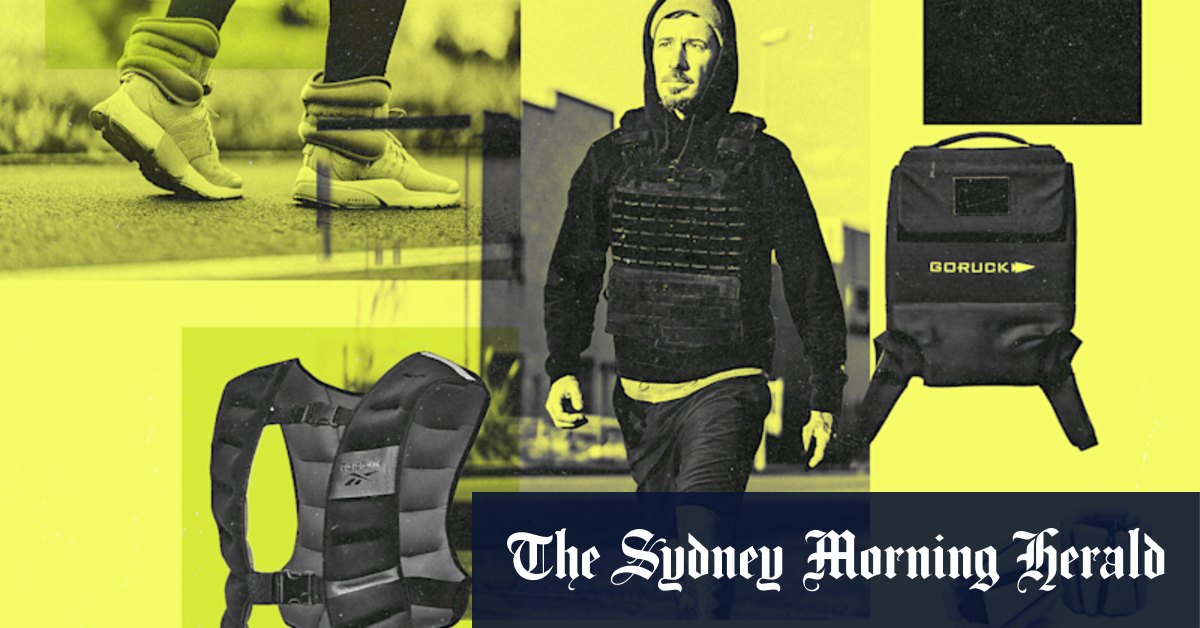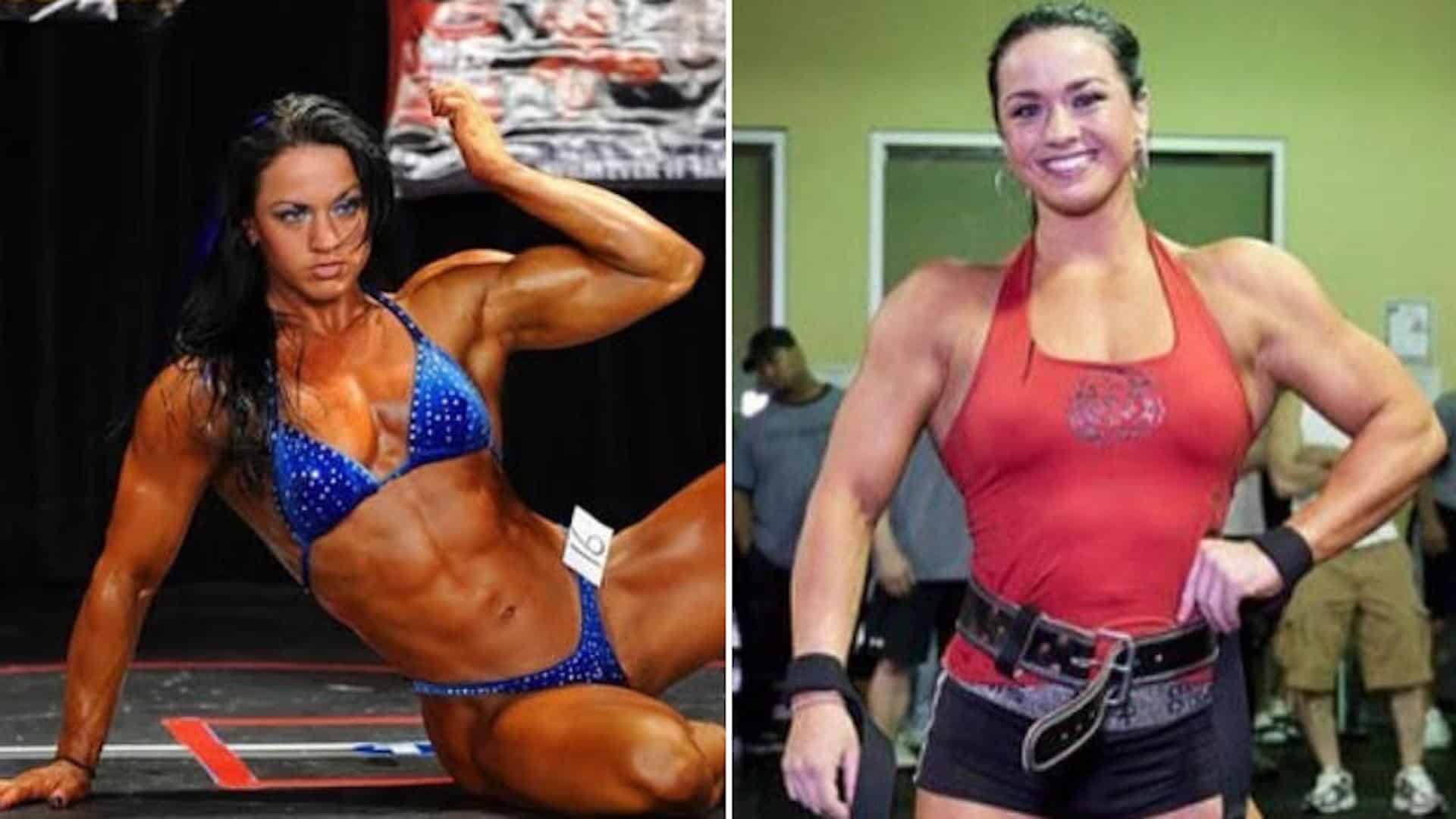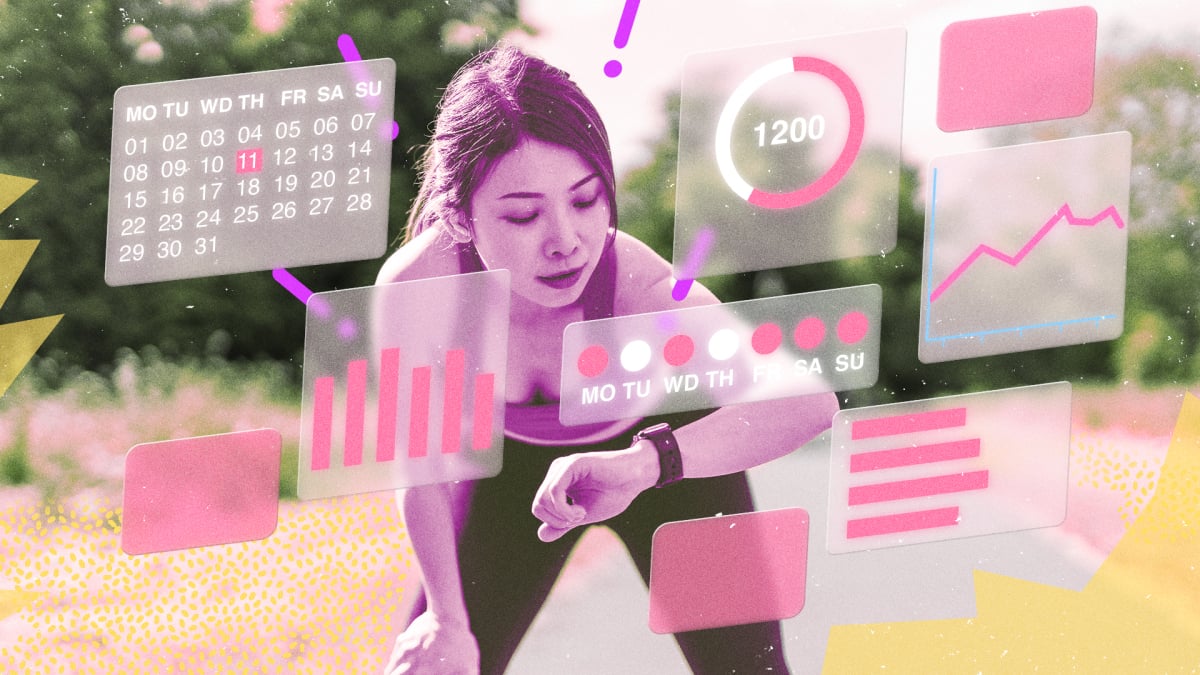Loading
“For the average punter, your time is better off spent doing different forms of exercise like resistance training, lifting weights or plyometric exercises, which are much more proven ways to improve fitness and strength,” he says.
Ashleigh Ormond, a physiotherapist with fitness app KIC, says walking around with weights provides a less controlled workout than weight lifting, for instance.
“For strength training, we need around three sets of 10 reps with the right load to see muscle hypertrophy or muscle strengthening benefits. If we’re just wearing them for a 30 minute, five-kilometre walk or whatever it might be, we’re not actually getting those muscles to work effectively,” Ormond says.
The promise of “toned model legs” from walking with ankle weights is also an impossible result, Ormond says.
She points out that the concept of “toning” is a myth. No single exercise can “spot reduce” fat. Rather, a “toned appearance” is achieved by combining fat loss and muscle strengthening.
Weight loss
When it comes to weight loss, evidence for the effectiveness of weighted accessories is limited.
A pilot study of 18 older adults living with obesity and osteoarthritis found that wearing a weighted vest during caloric restriction may be beneficial for long-term weight maintenance, but more research is needed.
Again, Newton says while weighted accessories can increase energy expenditure, other exercise such as hill walks or high intensity exercise are more efficient ways to do so.
And as Zadro points out, “the research on weight loss is very consistent. Exercise plays a very small role and diet plays almost 90 to 100 per cent of that role”.
Loading
Bone health
Can wearable weights improve bone health? We know that heavy lifting can improve bone density and stimulate new bone, particularly for post-menopausal women, who have the highest risk of osteoporosis.
But evidence on the benefits of weighted accessories for bone health while walking or running is inconclusive. One small study found minimal benefits while walking with or without a weighted vest. Another, involving post-menopausal women wearing vests during high intensity exercises such as jumping, found better bone density, but it’s unclear if this owed to the vest or the exercise.
Newton says the amount of weight needed to carry to affect bone health would be significant, reiterating that strength training is the best way to increase bone density.
Risks
As a physiotherapist, Ormond cautions against the unnecessary strain that prolonged use of weighted accessories can put on our bodies.
“The risks start to outweigh the benefits because we’re then looking at overuse of muscles, like sprains and imbalances.”
Ankle and wrist weights, Zadro says, are more likely to alter gait or running technique and cause muscle strain than weights worn around the chest or shoulders.
Beyond potential injuries, Ormond is concerned about the implications of social media-driven fads – often targeting women with the purported goal of weight loss – on mental health.
Loading
“People start saying, ‘Well, if I wear [weights] around the house, I’m going to be burning extra calories’,” she says.
“That starts entering very dangerous territory – should we be making everything we do a fitness bang for buck exercise, as opposed to being more tailored with our training and focusing on how we feel?”
As with any new exercise, if you want to use weighted accessories, Ormond recommends consulting a health professional first.
Make the most of your health, relationships, fitness and nutrition with our Live Well newsletter. Get it in your inbox every Monday.




